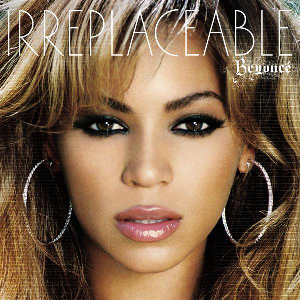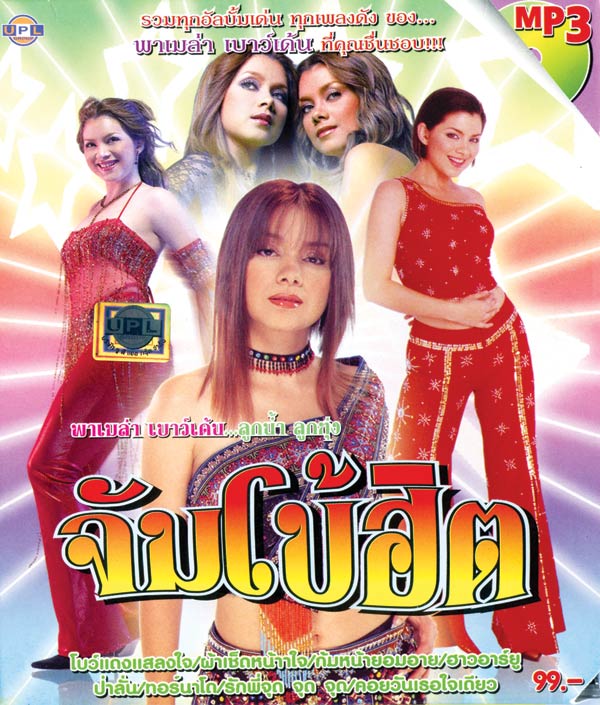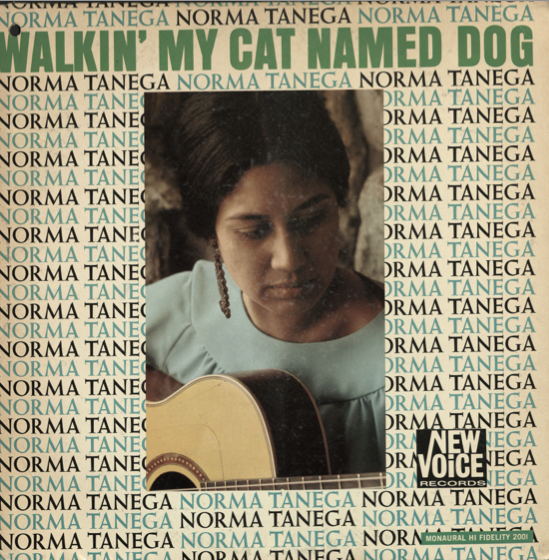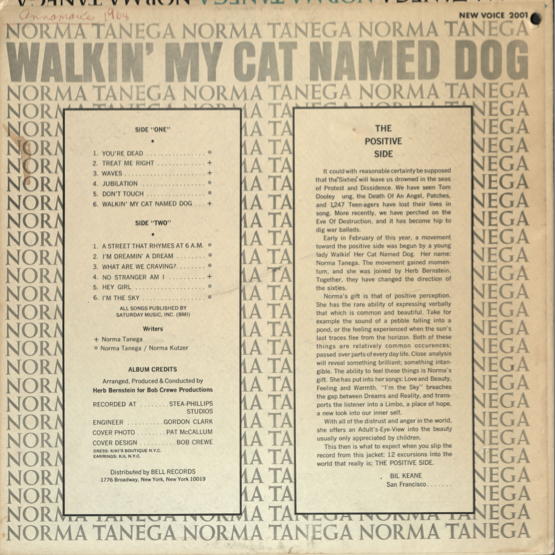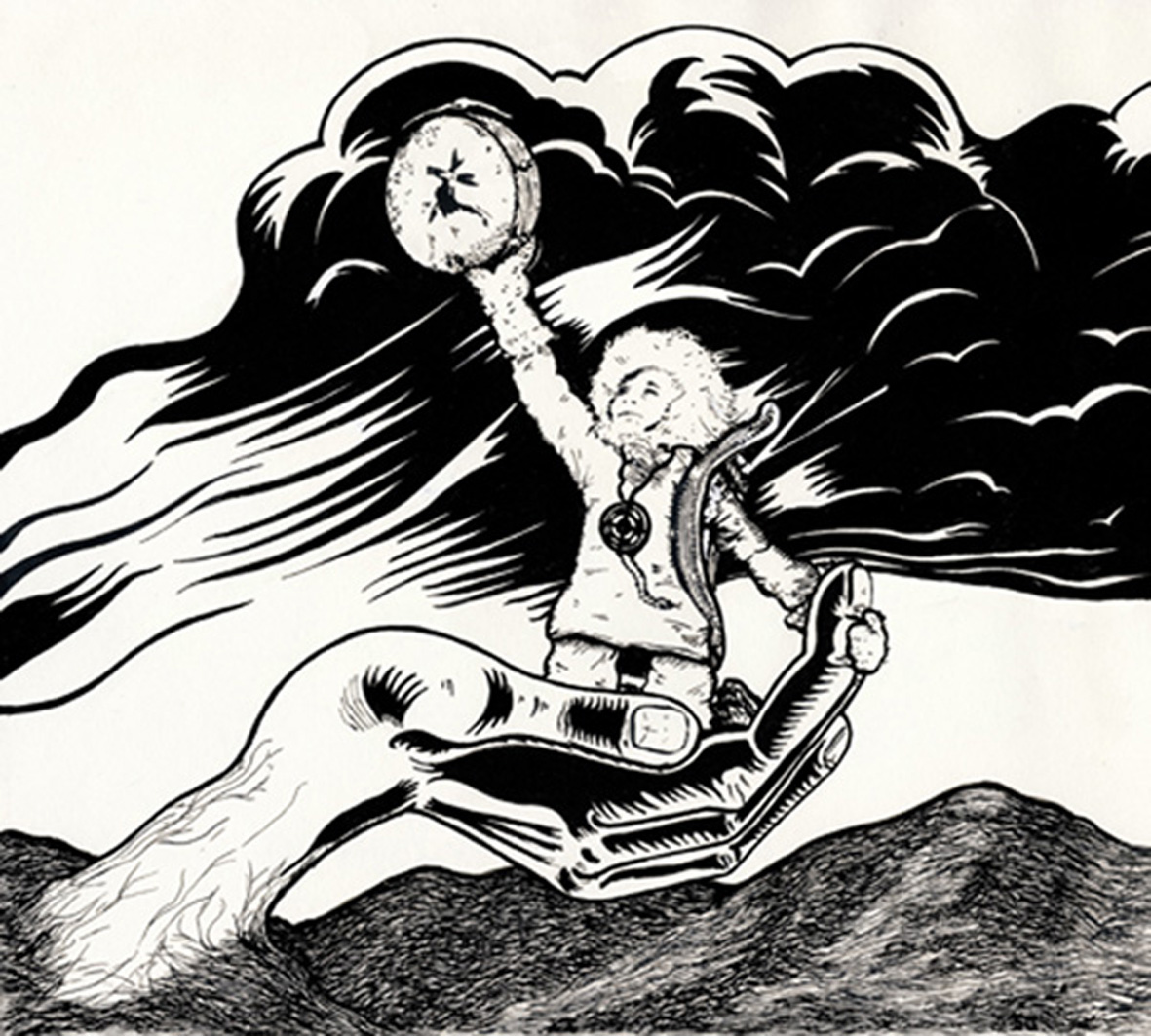This is part of a roundtable on The Best Band No One Has Ever Heard Of. The index to the roundtable is here.
___________

Metal and classical sound like one another to me. Ok, that’s stretching the truth, but there’s a fundamental something that makes those two seemingly polar genres ring the same to my ear.
Metal’s got highly distorted and compressed music. Classical doesn’t. But for the life of me, I can’t think of a piece of music more metal than Vivaldi’s “Four Seasons.” Throw in Bach’s “Brandenburg Concertos,” too. Fast forward to the present and living composers, and it’s no coincidence that the work of Arvo Pärt is a favorite amongst many metal musicians. Likewise, classical’s timeless feel of grandeur gets channeled within me just as strongly with the compositions of In the Woods… or via the ubiquitous black metal minor scale harmony.
You can trace this convergence of the genres back to Yngwie Malmsteen, the famously obnoxious guitarist extraordinaire who partially modeled his egregious personality after that of Niccolo Paganini, the 19th Century Italian violinist whose extreme ability, flamboyance and eccentricities raised him to mythical status. Before Malmsteen’s incorporations of classical scales opened up massive new directions for the genres in the early ‘80s, metal was the doom and gloom pioneered by Black Sabbath, a band whose roots were in blues and who adapted that style into something heavier.
Since then, if you choose your genres right, you can hear the ghosts of Mozart, Bach, Vivaldi, Beethoven, Albinoni (not always too subtly, either) in many of metal’s subcategories, but you’re most likely to find them in power metal bands, and in black metal bands, too, with names like Emperor, Symphony X, Stratovarius, Angra, and Dimmu Borgir being the most famous.
But this article is about the most underrated bands. Here are two that are criminally underrated and uphold the theme of the interchangeability of metal and classical.
Windham Hell.
Windham Hell is as indispensable a cult pick as it is a nerd’s dream. The band’s sound is something along the lines of if Yngwie Malmsteen recorded black metal albums with limited, semi-improvised means in the bedroom of a log cabin in the same woods where the owls-who-are-not-as-they-seem from “Twin Peaks” flew ominously overhead.
Windham Hell’s compositions often have a stark, menacing tone to them — the sometimes present, incoherent grave-moan vocals, the dissonant application of classical scales underpinned by aggressive, driving metal riffing and beats, and the often off-kilter song structures that brings all these jagged elements together, sometimes into a miasmal hell that would befit a Paganini-inspired legend, and sometimes into a calm, lovely musical respite… but Windham Hell was always something uniquely alien and utterly delightful in its genius — perhaps a genius that was as idiot savant as it was technically gifted — but like a cult show or movie like “Twin Peaks,” the cult appeal is owed as much to all the things that are wrong, goofy, or off-kilter about it as it does what isn’t.
The band’s ultimate and definitive formation was Leland Windham and Eric Friesen, two guitar genius recluses who lived in Snoqualmie, a rural, forested part of Washington state. Windham was as dedicated to mountain climbing as he was to shredding maniacal classical leads, and the theme of the cold, unforgiving, beautiful granite faces he loved so much were a major theme in his band’s music. The CDs would come with photos of Windham hanging upside down on a horizontally jutting rock face, or photos of mountain goats he would find on his excursions. Friesen was obsessed with playing guitar, and was also an accomplished drummer (while many think the drums on Windham Hell’s albums are a drum machine, they are in fact an e-kit played by Friesen) who released a couple solo albums under the name of Friesen Hell. One of these albums, Friesenburg Concertos, is Friesen’s “hail to the gods” of classical music, in which he plays various classical pieces that he learned entirely by ear, as he did not read music.
It was possibly Friesen who pushed the “Twin Peaks” worship angle in Windham Hell’s mystique. Whoever it was, the duo had a lot of parallels to play up. Snoqualmie is the real name of the place where the legendary show takes place. The third and final Windham Hell album, “Reflective Depths Imbibe,” was recorded behind Mo’s Motor, which is where Leland and Laura Palmer drive off from in the “Twin Peaks: Fire Walk With Me” movie. Leland Windham shares two names with major “Twin Peaks” characters, Leland Palmer and Windom Earle. Indeed, any and all similarities Friesen could find to “Twin Peaks,” he worked, like how the violin in “Alpinia” was played by a Bob (parallel to Killer Bob), and a keyboard bit was courtesy of a Mike (yet another “Twin Peaks” character.)
The “Twin Peaks” worship was so deeply entrenched in Windham Hell’s inspiration (with songs like “Glacier Walk in Me” and “Clear Blue Plastique,” and liberal usage of sound clips from the show amassed in hidden sections at the end of the albums), that Windham Hell’s music has come to be like the alternate soundtrack to the Black Lodge for me: a creepy, gorgeous, passionate body of work that is equally menacing as it is goofy; emotional, beautiful, evocative as it is dissonant; and metal as it is classical.
PS: In case you were wondering, the name Windham Hell is a spoof of the music made under the Windham Hill Records label, who specialized in folk and new age music. The band’s last album was released in 1999, and will likely stand as its last work, as Eric Friesen passed away in 2006.
Virgin Black.
On the other end of the spectrum from Windham Hell’s cult bedroom insanity is the music of the Australian entity Virgin Black, whose career pinnacle came in 2007 with the release of the 2nd part of the band’s “Requiem” trilogy, “Requiem Mezzo Forte,” and the subsequent release of the 3rd part, “Requiem Fortissimo,” in 2008. (The first part of the trilogy, purportedly recorded with the rest of the albums, has yet to be released. The trilogy is meant to be listened to in succession, with melodic themes that run through the albums.)
Virgin Black’s sound is like Gothic doom-influenced classical music. The classical aspect here is largely tied in to singer Rowan London’s operatic singing style, and how all their records have featured classical elements, like cello and piano, given a heavy treatment, but it wasn’t until that landmark 2007 album that Virgin Black’s sound moved out of the backroom studio and the digital box, and into recording an entire record with the Adelaide Symphony Orchestra, making a full record that didn’t just have orchestral segues, but was mostly orchestral, punctuated by passages of heavy guitar and bass and tastefully simple, pounding drums and martial snare rolls.
However, some of what or what is not going on in Virgin Black’s records is a bit of a mystery, and what I think is the truth is so awesome it gives me minor chills. I know what I witnessed. I saw Virgin Black on tour at Slim’s in San Francisco in 2008. I saw a small, muscular man in a see-through black mesh shirt take the stage as Virgin Black’s frontman and keyboardist. He seemed to be wearing mascara, and he had an odd, out of place, kind of alien demeanor about him, like he was physically there but his spirit was in different places at once. I saw this man deliver the male operatic vocals from the records, and then, I saw him deliver the female operatic vocals as well. He would seamlessly switch back and forth between the two, as well as the deathgrowl parts from the material of “Requiem Fortissimo,” and the realization that when I was blown away at the sweeping, crushing beauty of the compositions and vocals of “Requiem Mezzo Forte” and its seeming choir of singers, it seemed I had in fact been hearing the work of a man who was somehow a soprano and a tenor. Like a castrato who was allowed through puberty but never lost his choir boy voice. Maybe there’s some kind of pitch shifter voice box that allows one to do something like that. Whatever it was, I was blown away.
Subsequently, I swear I’ve looked up Virgin Black on line and found a wikipedia page in which Rowan London was dubbed something not terribly flattering like “androgena.” I swear I saw this page, and I remember it having information that supported my perception that indeed, Rowan London was *every* voice on the Virgin Black records. This elevated already superb albums into the godlike in my view: that someone could possibly have that much musical ability to physically pull something like that off, and do it in the context of such beautiful music. However, any trace of those words are no longer there. Maybe they were changed. Maybe I dreamt the whole thing. I probably did, as the soprano voice on “Requiem Mezzo Forte” is credited to Susan Johnson, but my appreciation of this band’s work was forever raised even farther when I saw them that day in San Francisco.
There’s not much information or interviews with Virgin Black out there, and the band has been on a long hiatus. Even if the final, purportedly completely choral and orchestral work is never released, “Requiem Mezzo Forte” stands as perhaps the finest example of the seamless marriage of classical and metal, featuring massive, timeless melodic themes as tremendous as the performances… whoever those performances were done by.

